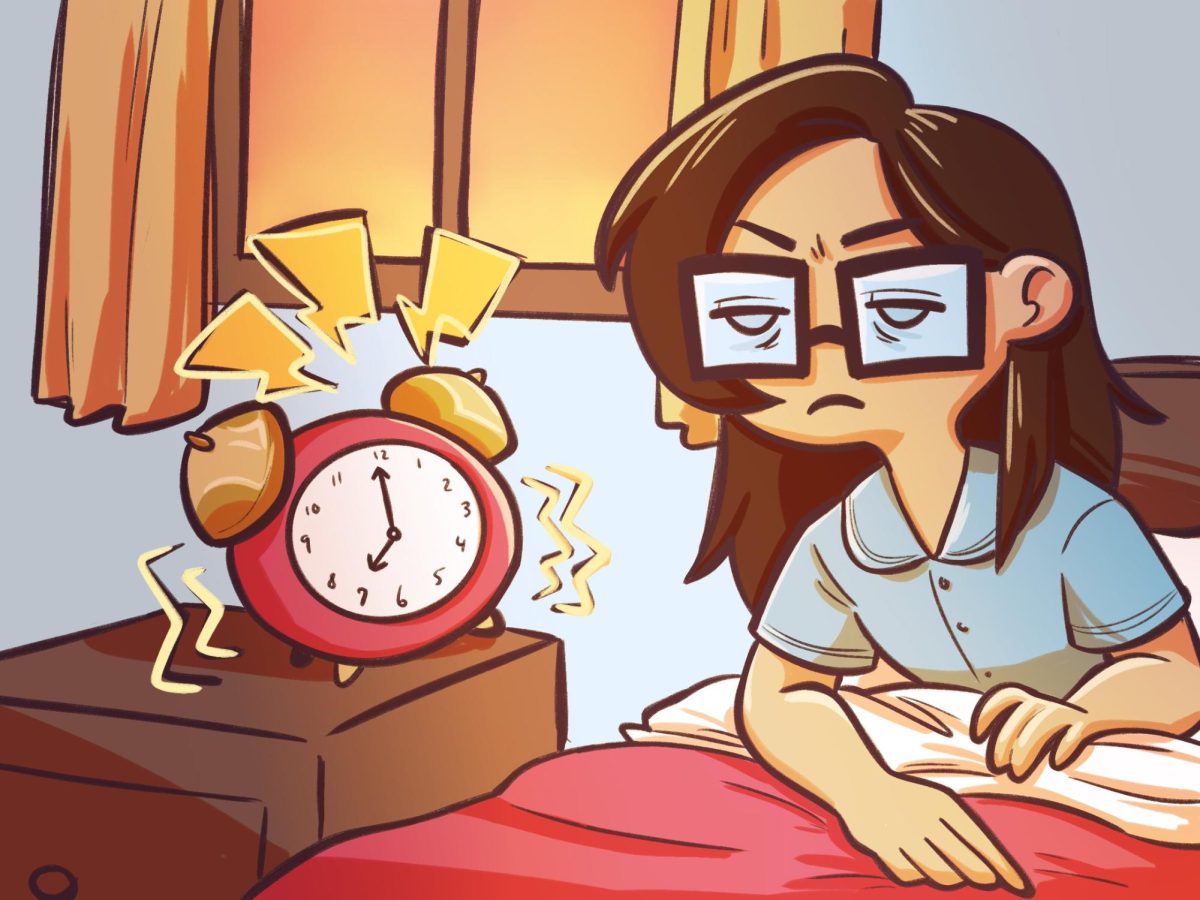After another clock change on March 9, 2025, it’s becoming evident that the semiannual adjusting our schedules needs reform. However, rather than eliminating Daylight Saving Time (DST) entirely, we ought to embrace permanent DST as a means to improve our daily lives. With longer evenings, increased opportunities for economic activity and enhanced well-being, making DST permanent is the best path forward. As of February, lawmakers across the nation push to end clock changes and keep us permanently in a brighter, more productive time.
Permanent Daylight Saving Time provides longer daylight hours in the evening, which has numerous societal benefits. According to research by NBC News, extended daylight has been linked to reductions in crime rates, particularly robberies. Furthermore, evidence from Ready Messages indicates that more daylight at the end of the day encourages consumer spending, as people are more likely to shop, dine out and participate in local events after work when it’s still light out. These positive effects not only enhance our quality of life but also boost local economies.
Lawmakers recognize these benefits and push legislation to make DST permanent. Senator Marco Rubio has led the charge with the reintroduction of the “Sunshine Protection Act,” which passed unanimously in the Senate in 2022 but stalled in the House. According to The Washington Post, the Sunshine Protection Act is gaining increased bipartisan support in 2025 as more states voice their preference for longer evenings year-round. Supporters emphasize that permanent DST would eliminate the disorienting clock changes while giving Americans more daylight to enjoy.
Critics of permanent DST argue that Standard Time is more aligned with our natural sleep cycles and may be better for our health. Organizations like the American Academy of Sleep Medicine have raised concerns that darker mornings could disrupt circadian rhythms, especially in children. The New York Times has reported on these health concerns, particularly the potential for sleep loss in the winter months. These worries contain merit and deserve consideration.
Nonetheless, the benefits of permanent Daylight Saving Time outweigh the drawbacks. With longer evenings promoting safety, health, and economic prosperity, it is time for the United States to stop the clock-changing and move forward with permanent DST. We must encourage our representatives to support the Sunshine Protection Act and ensure that this March is the last time we “spring forward” or “fall back” again.







